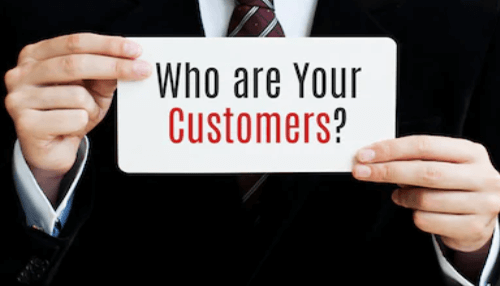It is up to the entrepreneur or business owner to find the formula best suited to transform their idea into success. So choosing the right business models is thus the flagship stage of the creation project.
Did you say business model?
The economic model or business model defines how the company will create value, and how it plans to earn money. Business models must, however, be put into perspective with a coasted business plan making it possible to precisely imagine the profitability of the business, in this case the actual gain once all the costs in the operation of the activity have been deducted. You can take inspiration from an existing model without necessarily duplicating but you can also start with something innovative.
Who is your target?
A business model should never be created without a specific target in mind. Before you think about how to generate income streams, define your customer base precisely. Is it a mass market or a niche? Are the customers with whom you want to create value rather part of a segmented market with different needs and issues? Like the giant Amazon, your market can also be diversified, thus serving two completely distinct customer segments such as the general public and developer communities. Your market can finally be multilateral if your business model is based on the interdependence of several customer segments. In this case, both segments are required for the model to work.
Some examples of proven business models:
The sale of goods: the company is remunerated on the margin of the goods it sells. In the case of services, invoicing may correspond to the notion of time spent.
Subscription models: this model consists of delivering a service or a product as part of a subscription for a limited time.
Licensing models: this model consists of selling the possibility of using software after acquiring a temporary or permanent license.
Freemium: part of the offer is free, but additional services are chargeable premium. These are the ones that fund free users.
Rental: the user of a service or a good pays in return for a rental over a specific period.
Brokerage: consists of offering an intermediary role in a transaction, by taking an amount from the transaction.
Advertising: often used in B to B, this model consists of charging for visibility on a media medium for a determined format and duration.
Affiliation: consists in advertising websites and in deducting a commission then taken on each click (or action) made by the Internet user.
Flash sales and clearance sales: this consists of selling the end of stock of brands or their collector’s products at discounted prices.
From the printer: either, to sell a basic product at a very attractive price. Then, then, the company sells additional accessories for the product, on which the margins will be higher.
Low cost: the offer you offer is reduced to its simplest form. The options then allow you to generate a significant margin.
This list is not exhaustive. Many other economic models have been proven or have yet to be invented. Build yours by keeping in mind the idea of creating value for your client, but also for the company.
Then refine your model with details and picks a specific business structure that aligns with your company’s mission.
The business model is key in your entrepreneurial project
You can meet a need without ever finding a way to monetize it. Your business model should explain how you plan to make money with your project, what the different income streams are, and how your way of making money is consistent with your project. The business model can be a source of innovation and there are hundreds of different ones. The business model should not be confused with the business plan.
The business model, allows you to ask yourself the right questions about some key items of your project. How are you going to create enough value for your customers, how will you deliver that value to your customers and can your business make a living from it? From this, you can create and build a successful business for years to come.




